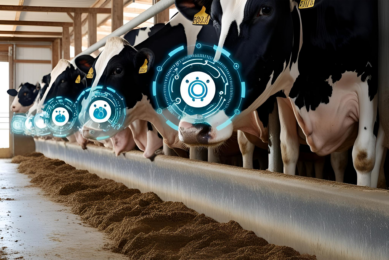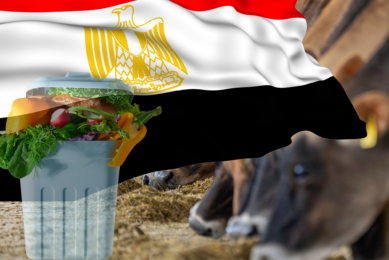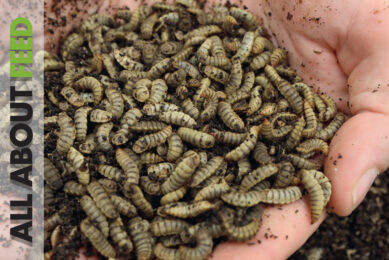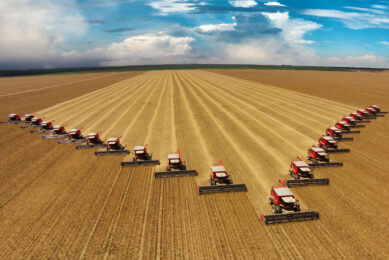Grass derived animal feed – an alternative to imported soybean meal
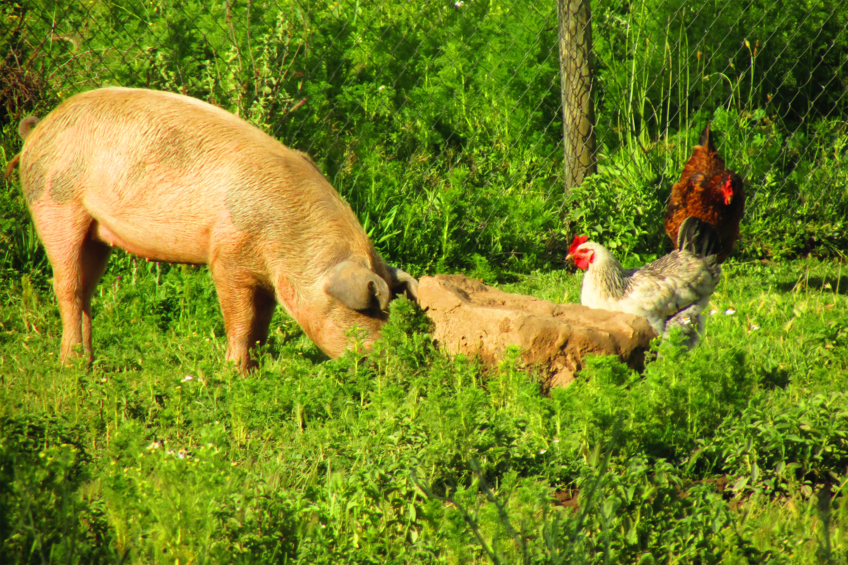
Green biorefining of grass could provide Europe with domestically produced protein feed which is comparable to imported soy from Brazil.
Until now, grass is mainly used directly as animal feed for cows and other ruminants, due to their multi-compartmental stomachs that can easily break down plant fibres.
Accessible for simple stomachs
The biorefining process sees the plant material receiving rough treatment in a screw press, releasing valuable nutrients from the plant cells together with the liquid fraction. This allows grass proteins to be concentrated into a protein feed that is digestible even for animals with a simple stomach, such as poultry, pigs and fish.
First green biorefining plant
More than 50% of agricultural production in Norway is grass and the Norwegian Institute of Bioeconomy Research (NIBIO) has recently opened the country’s first plant for green biorefining at the Tuv experimental farm in Steinkjer.
Over 50% of agricultural production in Norway is grass. At the same time, we have a lot of seaweed along the Norwegian coast, with up to 30% protein content.
Potential for utilising seaweed
Audun Korsaeth, Director of the Division of Food Production and Society at NIBIO, said the plant could also utilise the seaweed found along the Norwegian coast, so that it could be used throughout the year: “Over 50% of agricultural production in Norway is grass. At the same time, we have a lot of seaweed along the Norwegian coast, with up to 30% protein content. We envision developing the plant along these 2 lines.”
Search for new raw materials
Gjermund Bahr, Senior Advisor in the Department of Biomarine Resource Valorisation at NIBIO, said: “There is a great need for new feed materials in the future, both in the fish farming industry and in chicken and other livestock production.”
The pilot plant has been developed in collaboration with researchers from Aarhus University, who have already established a demonstration plant and contributed to developing 2 commercial plants in Denmark. Trials with animal feed for chickens and pigs made from Danish ley have provided some exciting results.
‘One crop two diets’ project
In a feeding trial with pigs, a concentrated based on grass with 47% crude protein showed that rates of up to 15% could be added in the pig feed without any meat quality issues.
Researcher Lene Stodkilde-Jorgensen, from Aarhus University, added: “In more recent trials, we’ve confirmed that soy can be replaced without problems.”
NIBIO is also conducting feeding trials on chickens and cattle with partners through the “One Crop Two Diets” project. Dairy cows at Maere Agricultural School in Steinkjer have been fed pulp, which is the fibrous press residue at the end of the biorefinery process.
“We expect that the cows will produce the same amount of milk regardless of whether they are fed pulp or regular silage. However, we think cows eating pulp will need less time to ruminate in order to fully digest their feed, which could either reduce the need for concentrated feed in the dairy cow diet or result in the animals belching less and thus releasing less methane,” added NIBIO research scientist Haldis Kismul.
More research is needed before feed production from green biorefinery may be economically viable. Grass protein in Denmark is still 2 to 3 times more expensive than imported soy.
“In terms of concentrated feed, we lack protein, especially for chickens. The challenge is that feed factories need large volumes of consistent quality, and we need to produce feed that is economically viable for farmers to use,” concluded Kari Ljokjel, one of the participants in the “One Crop Two Diets” project.




